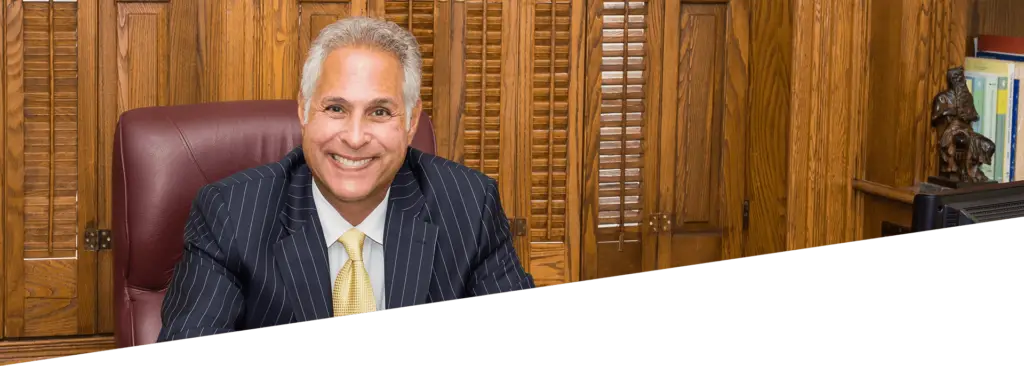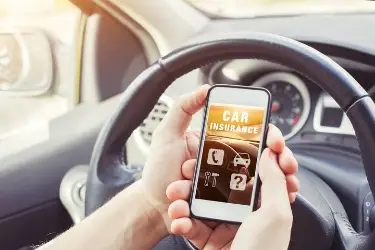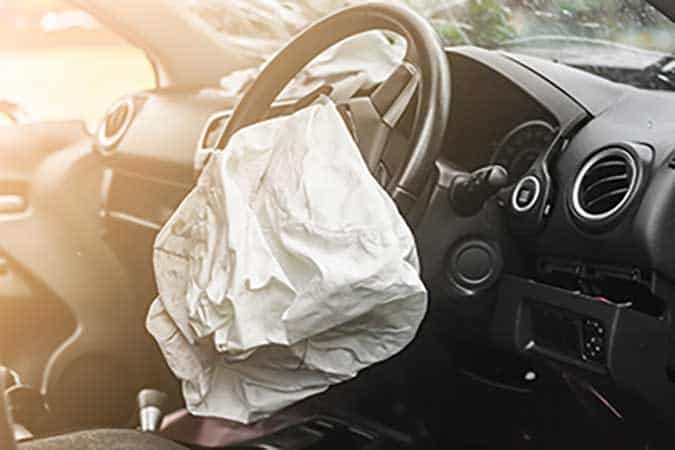Philadelphia T-Bone Car Accident Attorneys
At PhillyLaw, our team specializes in representing victims of T-bone car accidents in Philadelphia. Our experienced attorneys understand the unique challenges these types of collisions present and are committed to fighting for the rights and compensations of our clients. Whether you are dealing with insurance claims, medical bills, or legal proceedings, PhillyLaw is here to ensure your case is handled with the utmost care and professionalism. If you or a loved one have suffered severe injury as the result of a side-impact collision, contact PhillyLaw to get a free consultation from a car accident lawyer to learn about your options to seek financial compensation for your injuries.
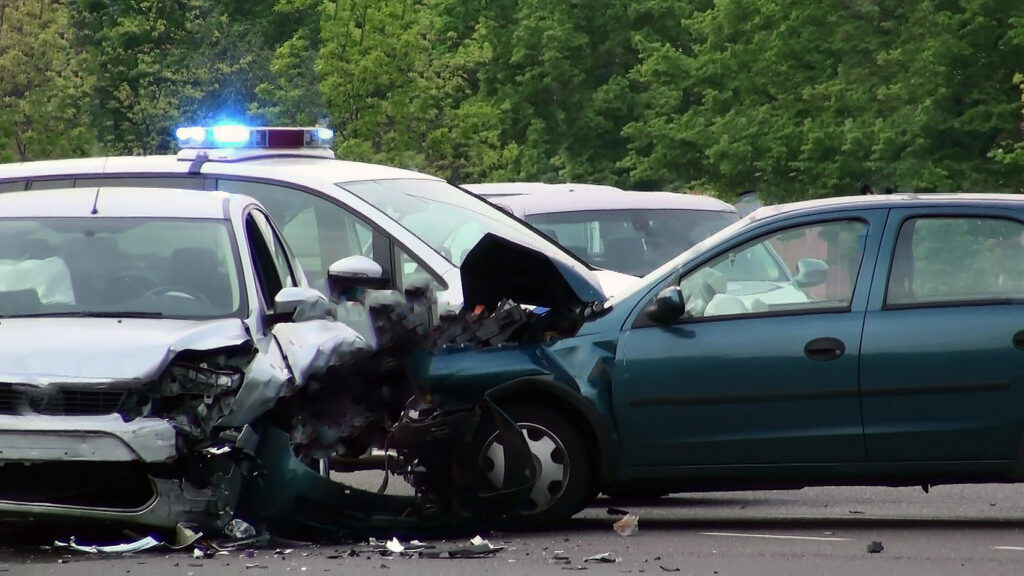
What is a T-Bone Car Accident?
A t-bone car accident, also known as a side-impact collision, occurs when the front of one vehicle collides with the side of another, forming a “T” shape at the point of impact. This type of collision often happens at intersections, where the striking vehicle may fail to yield the right of way, or when a driver runs a red light or stop sign. Side-impact collisions can result in significant injuries or even fatalities, especially for those seated on the side of the vehicle that is struck, due to the limited amount of protection from side impact. The force of these accidents can cause significant damage to the vehicles involved and result in complex legal and compensation issues.
Common Causes of a T-Bone Car Accident
Side-impact collisions are often the result of a variety of factors, many of which involve a lapse in judgment or a failure to observe traffic laws.
Failure to Yield
One of the most common causes is the failure to yield the right of way at intersections, leading to one vehicle colliding with the side of another.
Running Red Light
Running a red light or a stop sign is another major factor, where drivers attempting to rush through an intersection meet with catastrophic results.
Distracted Driving
Distracted driving, such as texting or using a phone while driving, reduces a driver’s ability to react to changing traffic signals or notice other vehicles.
Poor Weather Conditions
Additionally, poor weather conditions, like heavy rain or fog, can obscure a driver’s vision and lead to misjudgment of traffic signals or the position of other vehicles.
Speeding
Speeding also plays a significant role, as it reduces the reaction time a driver has to prevent a potential collision.
Understanding these causes is crucial for both the prevention and the analysis of a side-impact collision during legal proceedings.
Proving Who is At Fault in a T-Bone Accident
Determining fault in a side-impact collision involves a thorough investigation of the circumstances surrounding the collision. It requires collecting and analyzing evidence to establish which party acted negligently or violated traffic laws, leading to the accident. Key pieces of evidence include traffic camera recordings, eyewitness testimonies, police reports, and skid mark analysis. Additionally, accident reconstruction experts may be utilized to provide insights into the dynamics of the crash, further clarifying fault determinations.
Pennsylvania’s comparative negligence law plays a critical role in T-Bone accident claims. Under this law, a victim can still recover damages if they are partially at fault, provided their degree of fault is not greater than the other party’s. However, their compensation will be reduced by their percentage of fault. For example, if a victim is found to be 30% at fault for the accident, their awarded damages will be reduced by 30%. Establishing fault accurately is essential for ensuring fair compensation under this legal framework.
At PhillyLaw, our attorneys leverage their expertise to gather and analyze evidence meticulously, ensuring our client’s rights are protected. We work tirelessly to prove the other party’s liability, aiming to secure the maximum compensation for our client’s injuries and losses.
Preventing T-Bone Car Accidents
Preventing side-impact accidents involves a combination of vigilant driving habits, adherence to traffic laws, and the use of technology.
Remain Attentive
Drivers should always remain attentive to the road and surroundings, avoiding distractions such as mobile phones or other electronic devices.
Observe Traffic Signals
Observe all traffic signals and signs, especially at intersections, where the risk of T-Bone collisions is significantly higher.
Yield the Right of Way
Yielding the right of way when required and making complete stops at stop signs can greatly reduce the risk of these accidents.
Use Car Safety Features
Furthermore, the use of advanced driver-assistance systems (ADAS) like automatic emergency braking and cross-traffic alerts can provide critical help in avoiding collisions.
Improve Safety of Intersections
City planners and traffic engineers can also contribute to prevention by designing safer intersections, implementing traffic calming measures, and ensuring proper signage and lighting are in place.
Educate Drivers
Educating drivers about the dangers of aggressive driving behaviors such as speeding and running red lights is another key component of reducing the occurrence of T-Bone accidents.
By taking these steps, drivers and communities can work together to make roads safer and minimize the occurrence of T-bone car accidents.
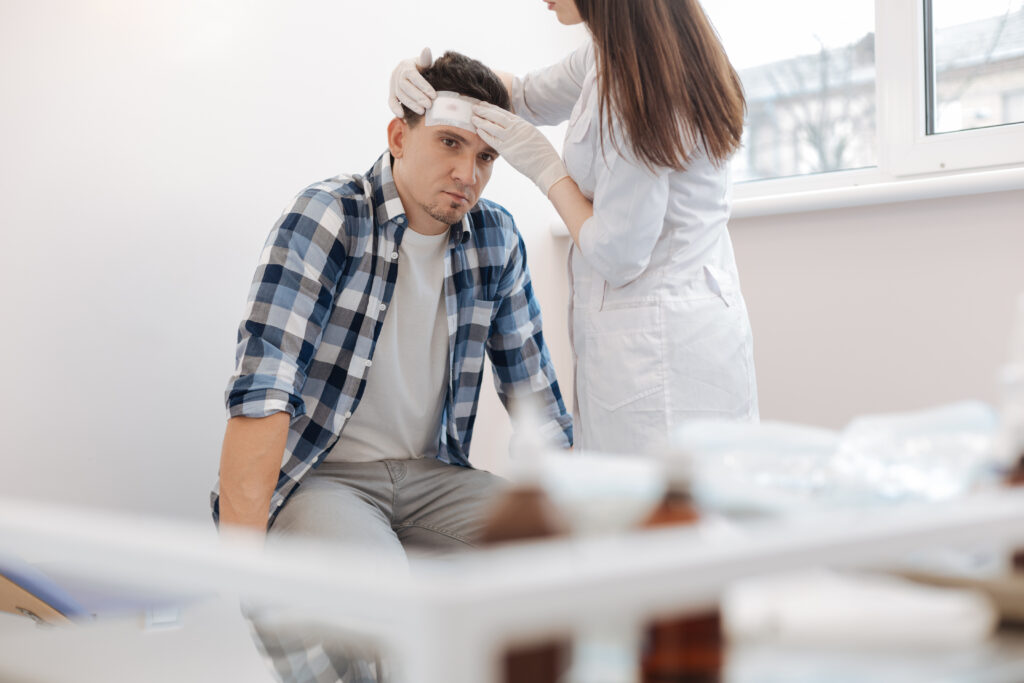
Common Injuries from a T-Bone Collision
Side-impact collisions can lead to a wide range of injuries, some of which may be severe due to the nature of the impact. Common injuries from a t-bone crash include:
Head Injuries
Traumatic brain injuries (TBI) and concussions can occur due to a sudden jolt or impact on the head. Traumatic brain injuries can range from mild to severe, potentially resulting in long-term cognitive and functional impairments.
Neck and Spinal Cord Injuries
The force of a side-impact collision can cause whiplash, spinal fractures, disc herniation, and potentially, spinal cord injuries, leading to varying degrees of paralysis.
Chest Injuries
The side of the body being struck can suffer from bruised or broken ribs and internal injuries, especially if the chest area hits part of the vehicle’s interior structure.
Pelvic and Abdominal Injuries
The force from a t-bone crash can cause fractures to the pelvis and injuries to the abdominal organs, such as the liver, spleen, or kidneys.
Limb Injuries
Arms and legs are especially vulnerable in a T-Bone accident, leading to fractures, sprains, or even loss of limbs in severe cases.
Lacerations and Bruises
Broken glass and metal can cause significant cuts and bruising, which might lead to further complications or infections.
Recovery from these injuries can demand extensive medical treatment, rehabilitation, and sometimes, long-term care. Victims of T-Bone collisions must receive comprehensive medical evaluation and follow-up care to address these injuries properly.
Compensation Available from a T-Bone Car Accident
Victims of a side-impact accident may be entitled to various forms of compensation to cover both their tangible and intangible losses. Compensation generally falls into two main categories: economic damages and non-economic damages.
Economic Damages
Economic damages are intended to cover the financial costs associated with the accident. This can include medical expenses for emergency treatment, hospital stays, surgeries, medications, and rehabilitation services. Lost wages and loss of earning capacity due to time off work or an inability to return to work are also covered under economic damages. Additionally, victims may receive compensation for any property damage, including repairs or replacement of their vehicle and any personal belongings damaged in the crash.
Non-Economic Damages
Non-economic damages aim to compensate for losses that do not have a direct financial cost but significantly impact the victim’s quality of life. These can include pain and suffering, emotional distress, loss of consortium or companionship, and loss of enjoyment of life resulting from injuries. Unlike economic damages, non-economic damages are not based on bills or financial statements, making them more challenging to quantify.
In some cases, if it’s proven that the at-fault party’s actions were particularly reckless, malicious, or egregious, punitive damages may also be awarded. Punitive damages are not meant to compensate the victim but rather to punish the wrongdoer and deter similar conduct in the future.
The process of calculating these damages and obtaining fair compensation is complex, requiring thorough documentation and often negotiation with insurance companies. Legal representation by experienced attorneys, such as those at PhillyLaw, is crucial in guiding victims through this process, ensuring they receive the full compensation they are entitled to for their losses.
PhillyLaw Will Advocate for Victims of Side-Impact Collisions
PhillyLaw is profoundly committed to representing victims of t-bone accidents, understanding the profound impact these incidents can have on individuals’ lives. Our team of dedicated attorneys possesses the knowledge, expertise, and resources necessary to advocate effectively via a car accident case. Recognizing the physical, emotional, and financial toll these collisions can inflict, we work tirelessly to ensure that each client receives personalized attention, compassionate care, and the aggressive legal representation they deserve. Our goal is not only to secure comprehensive compensation for the damages our clients have endured but also to support them through their recovery process, providing a solid foundation for their future. With PhillyLaw by your side, victims of T-Bone accidents can rest assured that their rights will be fiercely protected, and their best interests vigorously pursued. Contact us today for a free consultation.


